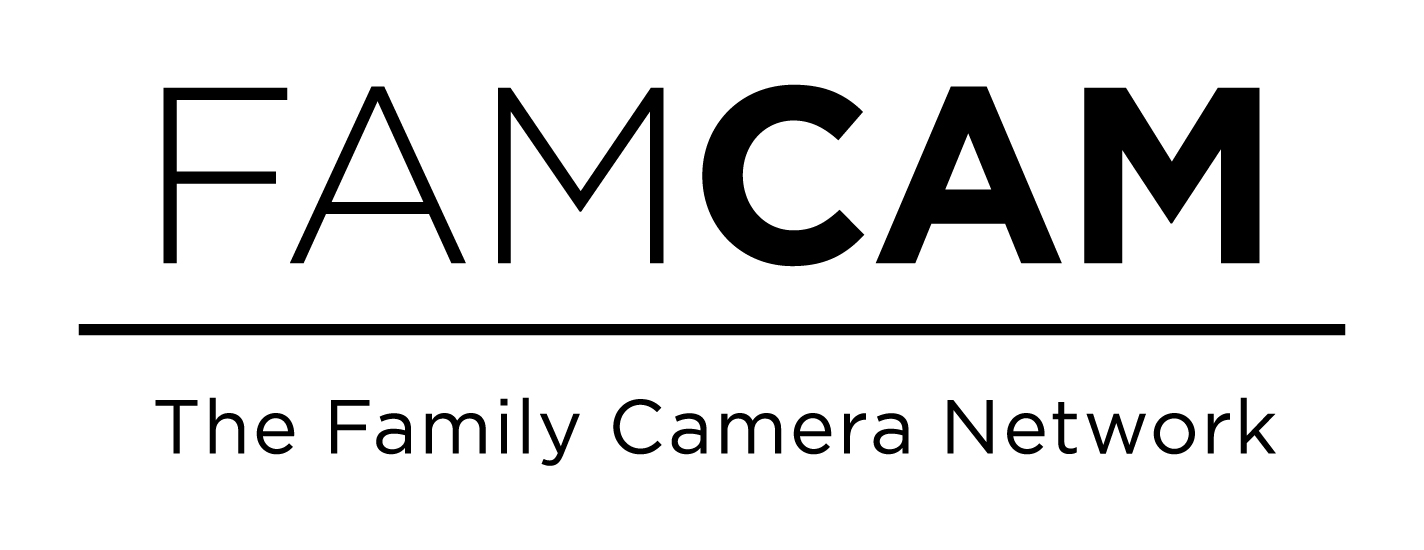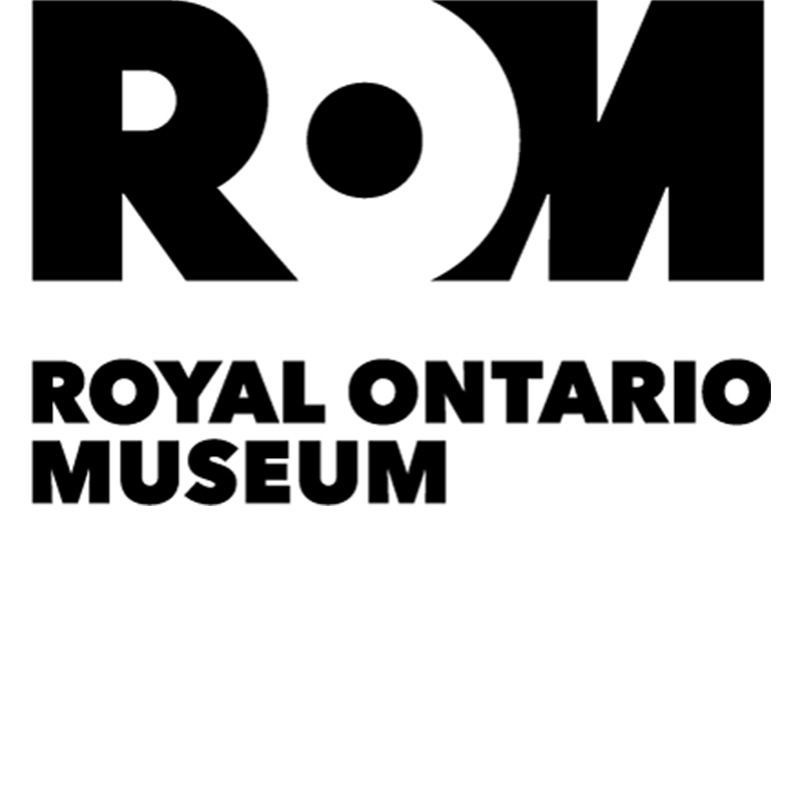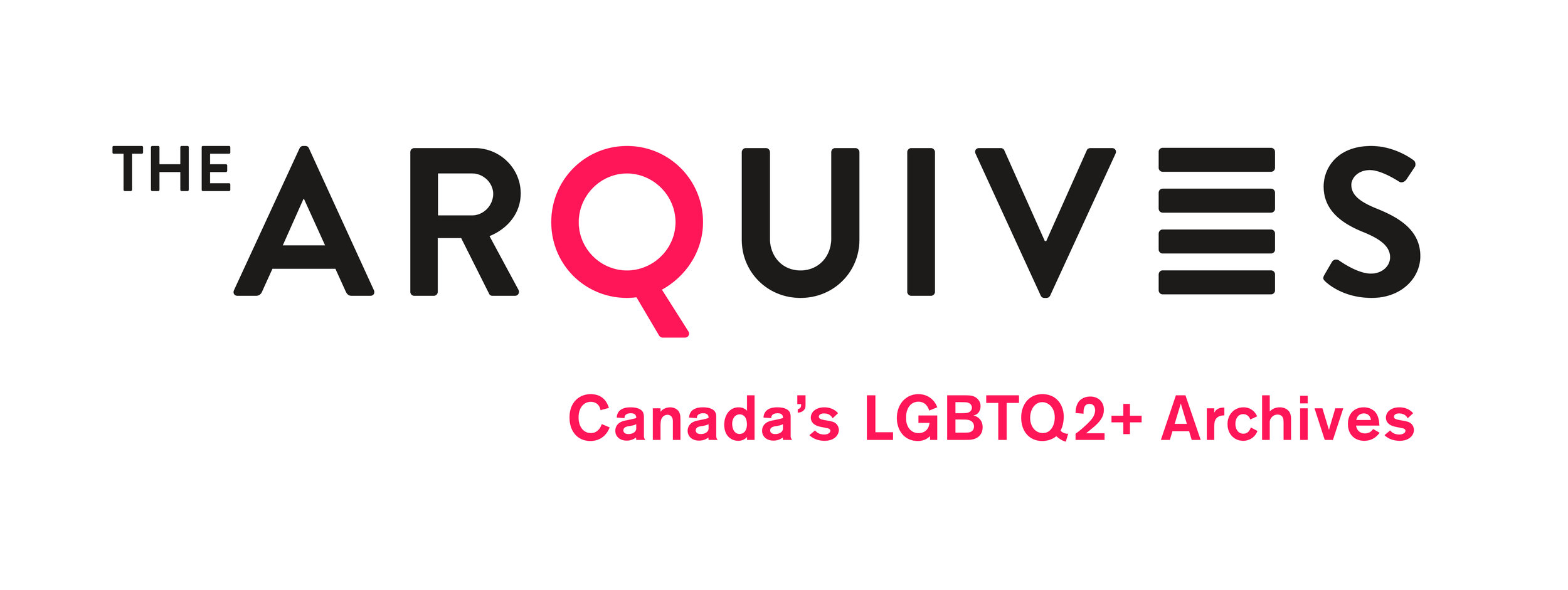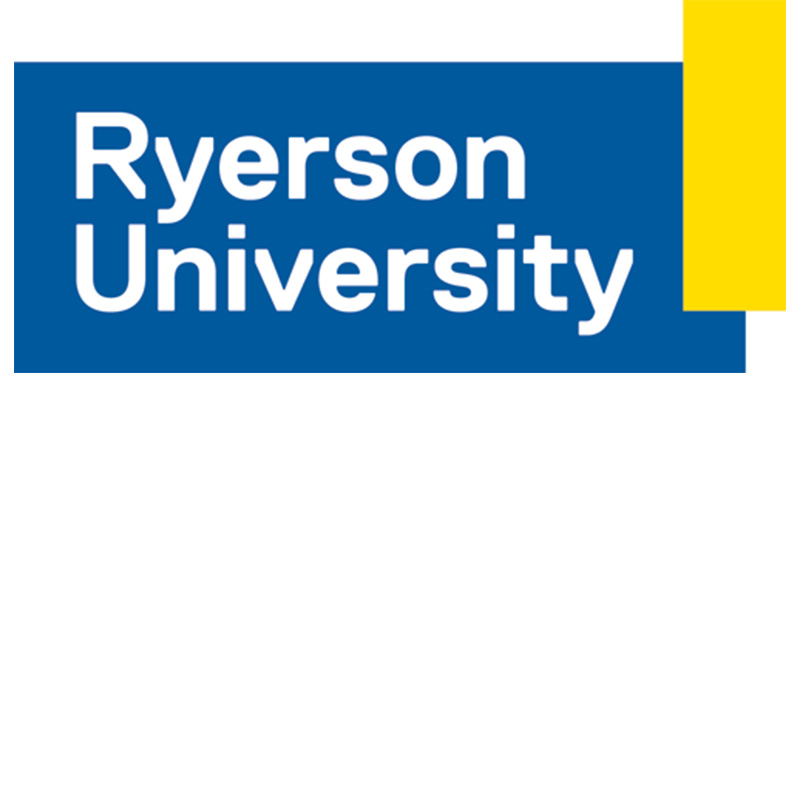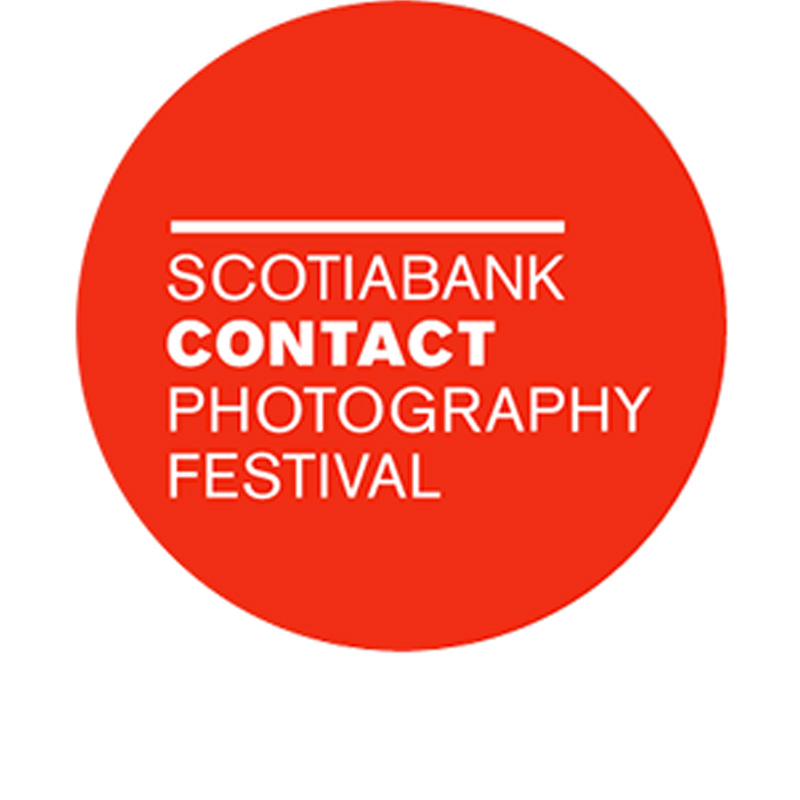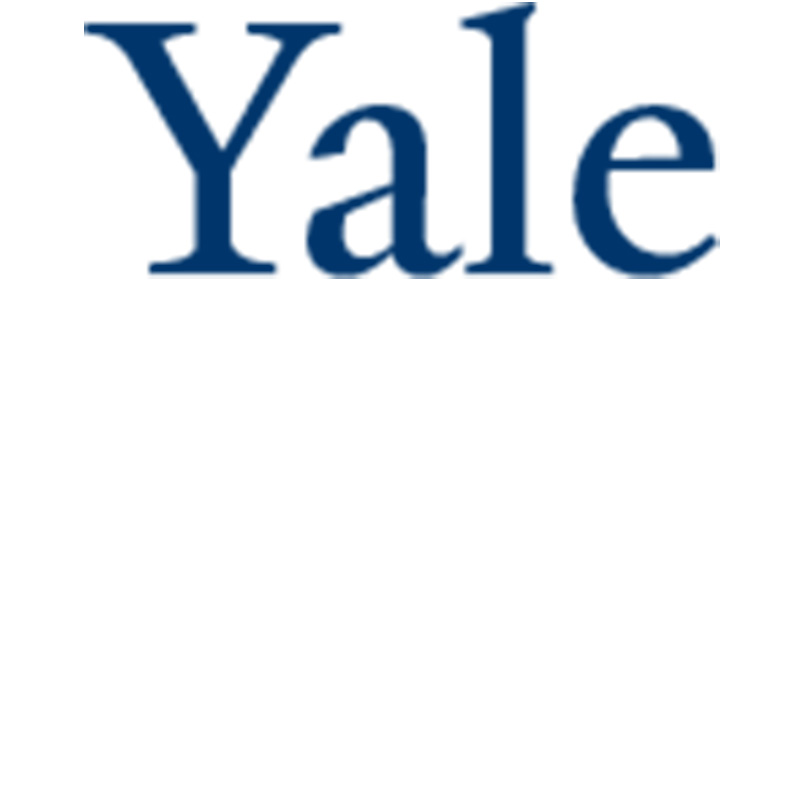FamCam Collaborator Post // "State of Refuge" by Thy Phu (PI) and Y-Dang Troeung
/State of Refuge
By Thy Phu and Y-Dang Troeung
Every year on June 20th, the United Nations and civic groups observe World Refugee Day, an occasion meant to raise attention to the plight of refugees. For the past several years, however, the subject of refugees has become urgent in the wake of the war in Syria, where violence has pushed men, women, and children to take desperate risks in search of asylum, risks that have resulted in numerous deaths. On September 2nd, 2015, a photograph of three year-old Aylan Kurdi, who drowned off the coast of Turkey, circulated worldwide, sparking international outrage and calls for action.
The image exemplifies the influence of press photography. It does so by invoking the idea of family. The image circulated alongside moving comments by Aylan’s father, Abdullah Kurdi, about his grief for his son and wife, who died as well. What’s more, the image circulated alongside stories that the Kurdi’s extended family in Canada had tried unsuccessfully to sponsor them as refugees. This image and its accompanying story resonated around the world, but it had direct family ties to Canada. Although it may be unsettling to consider this tragic picture as a family photograph—which usually look happy—the image of Aylan Kurdi resonated deeply because many viewers connected to its story of family and loss.
On December 11, 2015, newspapers printed a happier picture of family, featuring Prime Minister Justin Trudeau welcoming a Syrian family, who were fast-tracked through the refugee sponsorship program announced as part of the Liberal Party’s election promise. This image also evokes the idea of family, except, here, the Syrian asylum seekers survived their dangerous journeys and received a joyous reunion denied the Kurdis.
This wasn’t the first time that a Canadian Prime Minister extended the nation’s hospitality to refugees. Over three decades ago, Justin Trudeau’s father, Pierre Trudeau, greeted the last Cambodian family to arrive in Canada as part of a special program for Indochinese refugees. On December 4th, 1980, newspapers published a story on immigration that included a photograph of a boy waving a tiny Canadian flag, while his parents reach out to take Pierre Trudeau’s welcoming hand. According to the grown-up Y-Dang, whose cousin carried the flag, this image, which was originally a press photograph, is now kept in a family album.
We often assume that family photographs are snapshots taken by amateur photographers. They are supposed to capture mundane and joyful rites of daily life, weddings, births, graduations, anniversaries, holidays, and vacations. However, the Troeung’s story suggests that family photographs can also include images taken by the press and the state, which tell rich stories of bittersweet experiences of losing and finding one’s home. Family photographs can move between public and private spheres, between personal memory and national history. For many Canadians, they help navigate difficult journeys, while hinting of journeys cut short. Even images that look completely unlike family photographs, images of suffering such as the picture of Aylan Kurdi, can invoke the idea of family—and its loss—in powerful ways. When we flip through our own albums, we may be surprised by what we find, by the stories we piece together. These stories demand a new understanding of family photographs and their meanings.
Thy Phu and Y-Dang Troeung (張依蘭)
“國守護家”
每年的六月二十日,聯合國及公 民團體均會紀念世界難民日,一個旨在提高對難民困境關注的時刻。然而,過去幾年關於難民的議題因敘利亞內戰變得越加迫切。於該國發生的暴力迫使男女老幼為 尋求庇護冒極大風險,引致無數死傷。在去年九月二日,一張三歲的艾倫·卡迪 (Aylan Kurdi)於土耳其海岸遇溺的照片引起全球嘩然和作出行動的號召。
該影像印證了傳媒攝影的影響力。它喚起了家庭這個概念。這張照片跟艾 倫父親(亞度拉·卡迪 Abdullah)關於痛失太太及兒子的悲傷的動人話語一同被傳播。它也跟卡迪在加拿大的延伸家庭嘗試資助身為難民的他們但不成功的故事一同流傳。這照片 和伴隨它的故事在世界各地引起共鳴,但它跟加拿大有直接的家庭關係。儘管把這悲劇性的照片視為家庭照(一般家庭照都富有天倫之樂的意境)或會令人不安,艾 倫卡迪的照片能造成如此深刻的迴響正因為很多人對它關於家庭及失去的故事能感同身受。
於二零一五年十二月十一日,報章刊登一幅快樂的家庭 照,相中總理賈斯汀·杜魯多正在歡迎一個透過自由黨選舉承諾的難民資助計劃,被特快安排入境的敘利亞家庭。這影像同樣喚起家庭的概念,但不同的是這些敘利 亞尋求庇護者捱過了他們荊棘重重的旅途和獲得一個卡迪家庭所不能有的喜悅重逢。
這並不是首次加拿大總理代表國家對難民伸出援手。超過三十 年前,皮耶·杜魯多 (賈斯汀·杜魯多父親) 迎接最後一個抵達加拿大的柬埔寨家庭,作為援助印度支那難民特別計劃的一部份。在一九八零年十二月四日,報章登出一則有關移民的報道及一張照片。相中一名 男孩在揮動一面細小的加拿大國旗而他的父母正要跟皮耶·杜魯多握手。跟據長大後的張依蘭(Y-Dang Troeung, 拿著旗幟的男孩的表親) 所說,這張原為新聞內容的照片現時被存放於家庭相簿中。
我們常認為家庭照都是由業餘攝影師隨便拍的。它們應該捕捉每天生活的日常和快樂點 滴,如婚禮、生產、畢業、週年紀念、假日和節慶。但是,張 (Troeung) 家的故事帶出家庭照也可包含媒體和國家拍下的影像。這些影像訴說有苦有甜、失去和尋找家的經歷。家庭照於公眾和私人空間、個人回憶及國家歷史中遊走。對眾 多加拿大人而言,它們幫忙渡過艱辛的旅程而同時鉤起被中斷的旅途的片段。即使是看似跟家庭照完全無關的影像, 就如一張艾倫·卡迪的照片, 也能強烈地喚起家庭這概念及喪親或失去家園的悲痛。當我們翻閱相冊時,我們或會對找到的東西、拼湊起的故事感到意外。這些故事需要對家庭照及其意義一個新 的認知。
Translation courtesy of Pearl Lee.
